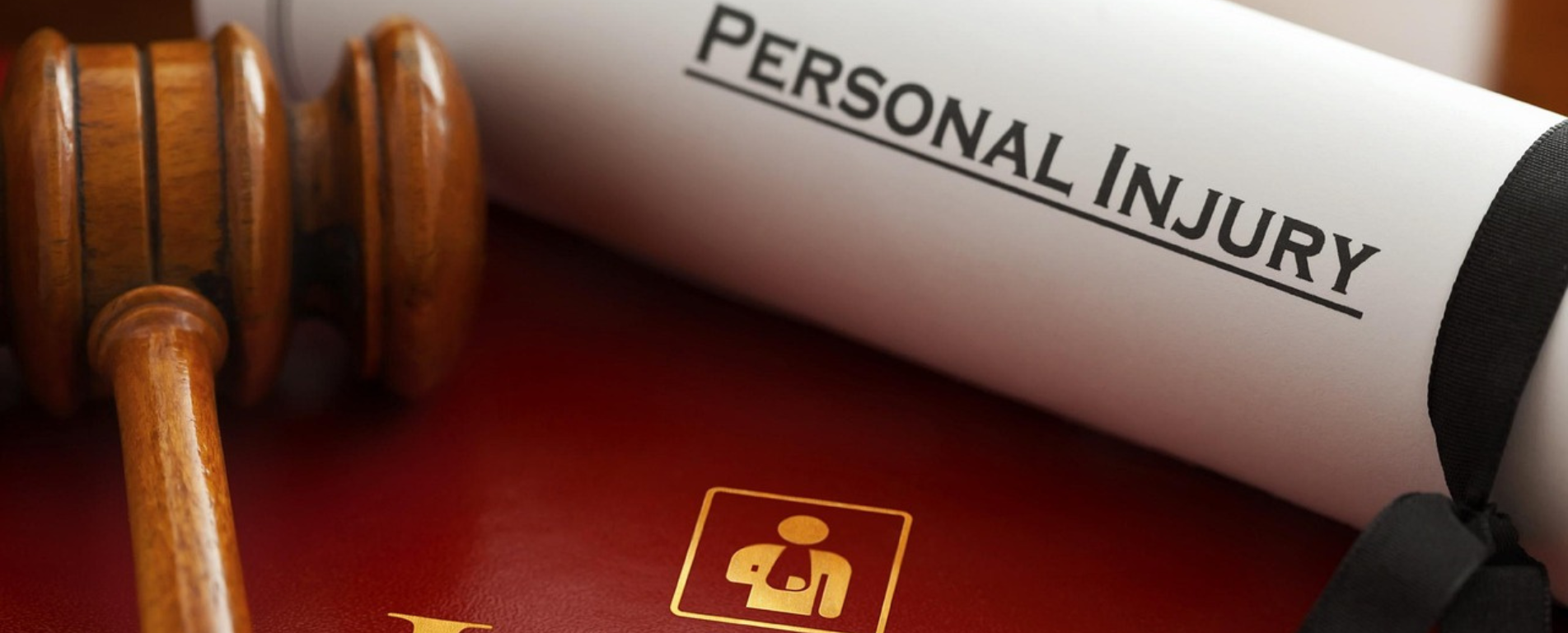When facing the legal issue of filing a compensation claim in personal injury cases, there is one thing that most people cannot decide about. And these are the differences between Economic vs. Non-Economic Damages.
We all know that, generally, an injury due to negligence will bring financial losses and emotional stress into someone’s life. Now, you can file a compensation claim for these damages.
When doing this, your legal representative will categorize this compensation into two broad heads: economic and non-economic damages.
Knowing the difference between the two becomes essential to a claimant. And that’s because of the quantifying difference and the nature of the compensation.
In this article, I will explain how the law assesses economic vs. non-economic damages. I will also discuss the implications of these two for personal injury cases and how such can equate to fair dealing for an injured party.
So, if that is what you want to know, keep on reading this blog till the end, and thank me later…
How to Assess Economic vs. Non-Economic Damages in Personal Injury Cases
If you have read my previous blogs, you already know how they are different. But how does the court assess economic vs non-economic damages when it comes to compensation?
Here are a few things you need to know:
1. Understanding Economic Damages and Their Impact
Economic damages are the quantifiable monetary losses one incurs due to an injury. These damages are relatively easy to determine since actual costs and losses often measure them.
The most common ones are:
- Medical bills.
- Rehabilitation expenses.
- Lost earnings.
- Property damage.
Medical expenses may range from emergency room treatment to physical therapy or special treatment necessary for recovery.
Lost income is another significant component. Why? Well, that’s because an injury might make a person unable to work either temporarily or permanently. Eventually, this will impact their earning capability.
Property damage, such as vehicle repairs in an auto accident case, includes economic damages. The primary characteristic of these damages is that you can document them with receipts, invoices, and financial records.
Insurance companies and courts rely on such evidence to validate an injured party’s specific award amount. Proper documentation of each loss ensures that you have touched all bases for better financial recovery.
2. Challenges in Calculating Economic Damages
While economic damages are based on actual costs, determining them can be complex. Some of the financial losses, such as hospital bills, may be immediate and easily quantifiable, while others involve projections of future expenses.
For example, if an injury leads to long-term disability, estimating future medical care and ongoing therapy costs would be necessary.
Lost earning capacity also applies if a person cannot perform the same job duties anymore or has to take a lower-paying job because of injuries.
Lawyers and accountants usually work together to estimate these amounts based on industry standards and expert opinions.
In some claims, there are hidden costs. These include transportation to and from doctor visits or home modifications due to mobility issues.
Precision in such calculations is, therefore, cardinal, as they form the basis for arriving at a settlement or judgment value that does not leave the injured party paying some costs not covered.
3. Exploring Non-Economic Damages and Their Subjective Nature
Non-economic damages are those which compensate an individual for losses that, although not quantifiable in monetary terms, directly impact his or her quality of life in an intense manner.
Among those are pain and suffering, emotional distress, loss of enjoyment of life, and loss of the company of others.
If the damage is economic, there will be invoices and receipts which will serve as evidence but in the case of non-economic damages, the victim’s subjective perception will be the determining factor.
Physical discomfort and emotional anguish are integrated in the pain of it all and come as a result of injury.
Anxiety, depression, and PTSD are factors that constitute emotional distress and, hence, have a negative impact on the individual.
The inability to take part in activities that used to give joy, such as hobbies and social interactions, reflects the loss of enjoyment of life.
On the other hand, non-economic damages in cases of wrongful death would still refer to the loss of a person’s companionship or support only that the person is already deceased.
Given that the said damages are not easy to determine accurately, both the courts and insurance adjusters have come up with various ways of calculation to identify the right compensations.
4. Methods Used to Calculate Non-Economic Damages
Determining the value of non-economic damages is complex because it is subjective. Such losses must be evaluated differently, as opposed to economic damages that are pegged on actual numbers.
A common method for this is the multiplier approach. Here, you can multiply the total amount of monetary damages by a factor, typically ranging from 1.5 to 5, depending on the severity of the injury.
For instance, permanent disability may call for an increased multiplier, while minor injury would result in a lower figure.
Another way is assigning a per diem amount to each day of suffering and awarding this amount for the number of days the party injured suffered the pain and discomfort.
Medical expert testimony, psychologists, and even family members may help document the level of emotional and physical damage resulting from the injury.
Because insurance companies often try to diminish these damages, substantial proof of the pain and suffering experienced by the victim is pertinent to seeking fair compensation.
5. The Role of Economic and Non-Economic Damages in Legal Proceedings
Injury cases usually are a function of the economic and non-economic damages arising therefrom. Both types of damages are assessed as a constituent of the legal compensation.
The judiciary and the insurance sector weigh the costs and benefits, thus having fewer financial problems in the community and the world.
Economic Damages, as the term implies, relate to compensation for the loss of money and property. Non-economic damages, in contrast, compensate for intangible losses like disfigurement, loss of consortium, mental anguish, and emotional distress.
Excessive giveaways can occur in personal injury cases with both economic and non-economic damages because the damage is total.
Often, the other side will try to persuade that the pain and suffering part of the claim is grossly overstated. Additionally, they would try to reduce the compensation claim for non-economic damages.
However, the victim is obligated to bring reasonable evidence in court to support his/her claims, such as medical records, psychological evaluations, or personal testimony.
As a matter of fact, only if all the given damages are the ones to both classes of damages the claimant might claim that the compensation is enough to meet the requirements as well as the emotional suffering that have been caused.
Maryland personal injury lawyers for settlements play a crucial role in ensuring that victims receive fair compensation by negotiating with insurance companies and presenting compelling evidence of economic and non-economic damages.
Your Legal Guide: Know Your Rights!
In conclusion, both economic and non-economic damages are essential in personal injuries. These provide financial alleviation and recognize broader injuries.
I have already discussed some key differences between the damages. Furthermore, I have also explained how it is calculated as well as their role within litigation.
For instance, the economic damages compensate for tangible monetary losses. On the other hand, non-economic damages compensate for pain, suffering, and emotional distress
Therefore, correctly determining these damages will allow the injured party to receive fair compensation for his or her losses.
However, proving non-economic damages is always tricky because of their subjective nature. Therefore, solid evidence cannot be negotiated in a court of law.
Additionally, you should know that in some jurisdictions, the law and factors that influence the outcome limit the compensation for non-economic damages.
Therefore, understanding these differences will enable you to make informed decisions about your legal options. Additionally, you will be able to pursue claims that reflect the full extent of their harm.
Fair compensation is essential for helping injury victims recover and put their lives together after a traumatic event.
Read Also
















